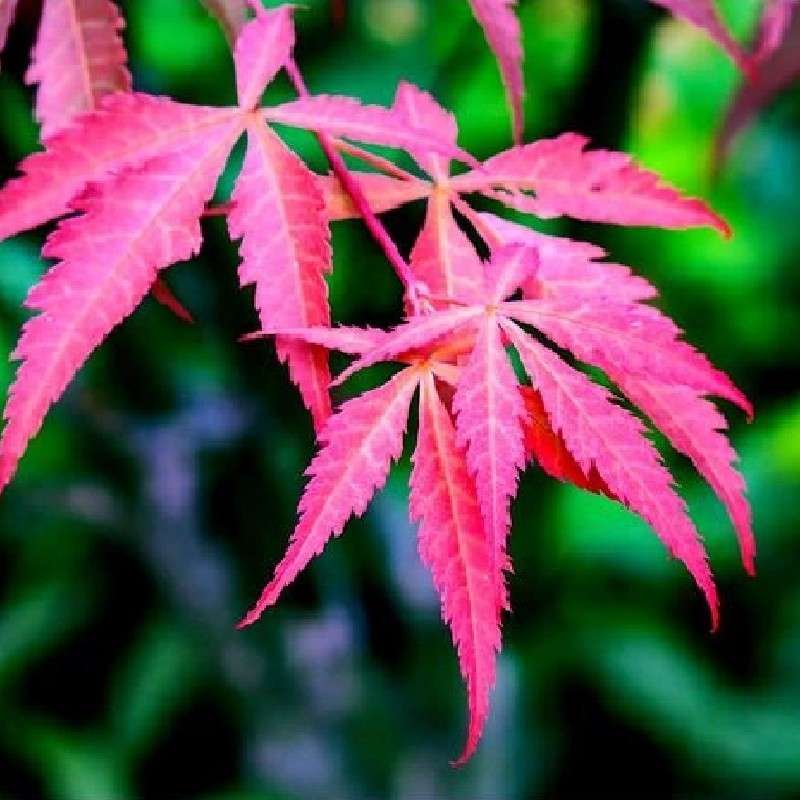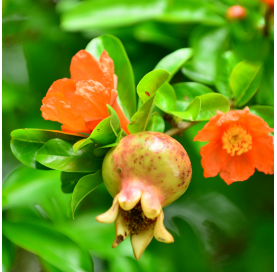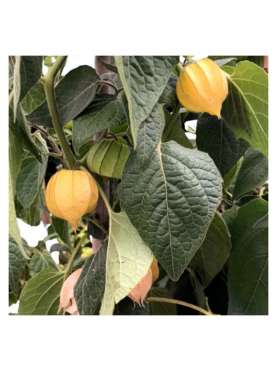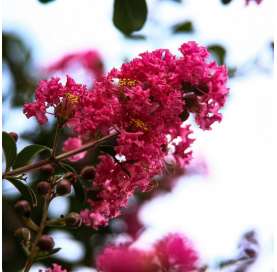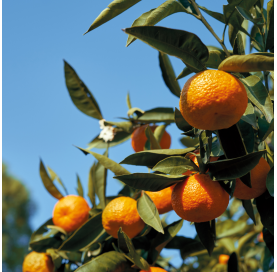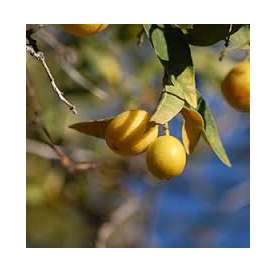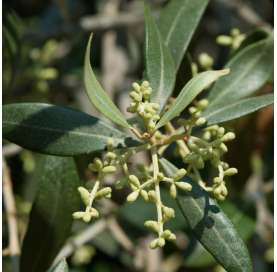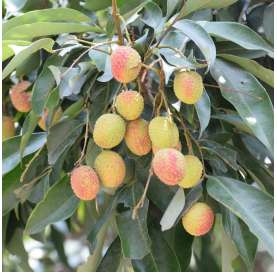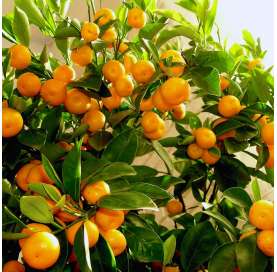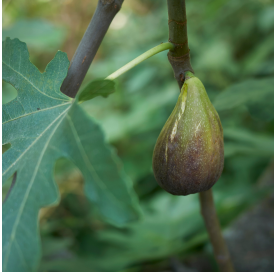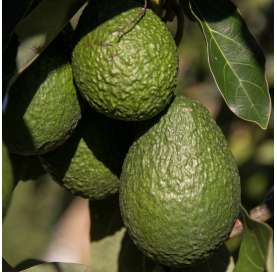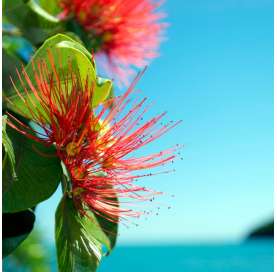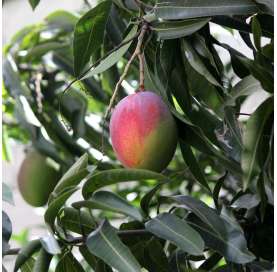Arce palmatum atropurpurea
El Acer palmatum Atropurpureum o Arce japonés palmeado es nativo de Japón y de Corea del Sur. Pertenece a la familia de las Sapindáceas y se le conoce con nombres populares como Arce japonés, Arce enano, Arce palmado púrpura, Arce polimorfo, etc.

Encrypted payments for greater security

We ship to Spain and Portugal in 48/72 hours.

Shipping only to mainland Spain and mainland Portugal
The Acer palmatum Atropurpureum is classified within the group of small trees, with an average height of about 5 to 6 metres, although it can reach up to 10 metres.
This small, slow-growing tree has deciduous leaves, which are very decorative due to the elegance and colouring of their leaves.
Its leaves are lobed, with 5 to 9 lobes and an average size of about 10 centimetres. Its reddish purple colours stand out ornamentally, turning bright red in autumn.
These leaves change colour throughout the year. Thus they are transparent purple red in spring, lighter in summer, turning purplish red in autumn.
The Acer palmatum Atropurpureum grows better in half shade than in full sun. The excess of this associated with low relative humidity produces desiccation in its leaves. For this reason it is advisable to locate them in the shadiest and most humid areas of the garden.
Soil
It prefers fresh and deep soils that do not lack humidity, especially during the hot months of the year. Very calcareous soils will produce chlorosis in its foliage.
It does not tolerate pruning well, so this will be limited to light pruning and cleaning and sanitation of damaged branches.
Due to its slow development characteristics, Acer palmatum Atropurpureum can be grown in large size pots. In this case, it can be transplanted into a larger one every two or three years.
It can be reproduced by means of seeds. It is advisable to soak them for about two days.
Fertilizer
It should be fertilized with a specific fertilizer for acid plants, following the recommendations indicated on the package (normally, it's once a week); although to get a more vigorous, healthier plant, I recommend fertilizing every other month with liquid organic fertilizers, such as guano, which has a fast effect.
Flowering
It flowers in mid-spring. Its small flowers are on small peaks, having 5 red or purple sepals and 5 whitish petals.
Once fertilised, they produce fruit during the summer with a pair of winged samaras, each about three centimetres long, with seeds that are almost a centimetre long.
Diseases
As for pests, it is the caterpillars and aphids that can cause some damage, in addition to the red spider, especially in summer.
Data sheet
- Name
- Maple palmatum atropurpurea, Japanese maple
- Origen
- Japan and Korea
- Height
- 5-6 m
- Colour
- red in autumn
- Flowering
- Spring
- Location
- Sun or semishade
- Irrigation
- Moderated
- Applications
- Isolated or in groups
- Others
- It withsantds cold and drought
- Note
- Being the product a living plant and depending on the season, this plant could be received, in some cases, not exactly the same as in the photography, but as similar as possible, without impacting on quality of the same.
12 other products in the same category:
-
-
Physalis peruvina. C20€5.00
-
Lagerstroemia indica,...€15.90
-
-
Citrus eustis "limequat"€68.00
-
Mini olive tree in clay bowl€23.50
-
Lychee in Tube.€33.00
-
Calamansi "X...€35.90
-
-
Avocado - Persea Americana.€30.00
-
Cup Metrosidero Excelsa€42.00
-
Mangifera indica. Mango.€25.90

 English
English Spanish
Spanish